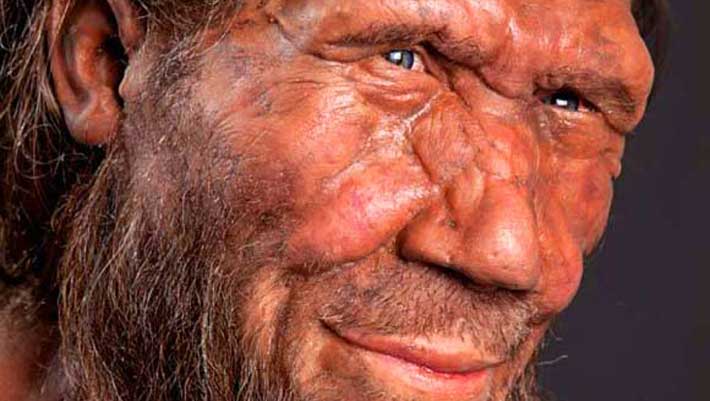This bottleneck event happened between 130,000 and 50,000 years ago, according to new research led by scientists from the Universitat Autònoma de Barcelona and the Universidad de Alcalá.
“Neanderthals are the best-documented pre-modern humans in the fossil record in terms of morphology, genetics, behavior, and culture,” said Dr. Alessandro Urciuoli from the Universitat Autònoma de Barcelona and colleagues.
“Recent molecular-clock-based analyses place their divergence — together with Denisovans — from the modern human lineage 765,000-550,000 years ago, or older based on morphological data.”
“The Neanderthal lineage differentiated soon thereafter, as testified by the genetic and morphological evidence from the Middle Pleistocene Sima de los Huesos humans, previously considered to represent Homo heidelbergensis and now regarded as an early population of the Neanderthal lineage.”
“While the genetic divergence time is now well established for the clade as a whole, debate persists on the relationships between European Middle Pleistocene populations, Middle and Late Pleistocene Neanderthal populations, as well as the evolutionary processes that led to the evolution of a full ‘classic Neanderthal’ morphology in late Neanderthals.”
“This is due to the mosaic morphology of the Middle Pleistocene specimens, the so-called muddle-in-the-Middle, from which Neanderthals are argued to have evolved.”
In the study, the researchers measured the morphological diversity in the structure of the inner ear responsible for our sense of balance — the semicircular canals.
They focused on two exceptional collections of fossils: one from the Sima de los Huesos site in Spain, dated to 430,000 years old, which constitutes the largest sample of pre-Neanderthals available in the fossil record; and another from the 130,000- to 120,000-year-old site of Krapina in Croatia.
They calculated the amount of morphological diversity (i.e., disparity) of the…
Read the full article here





